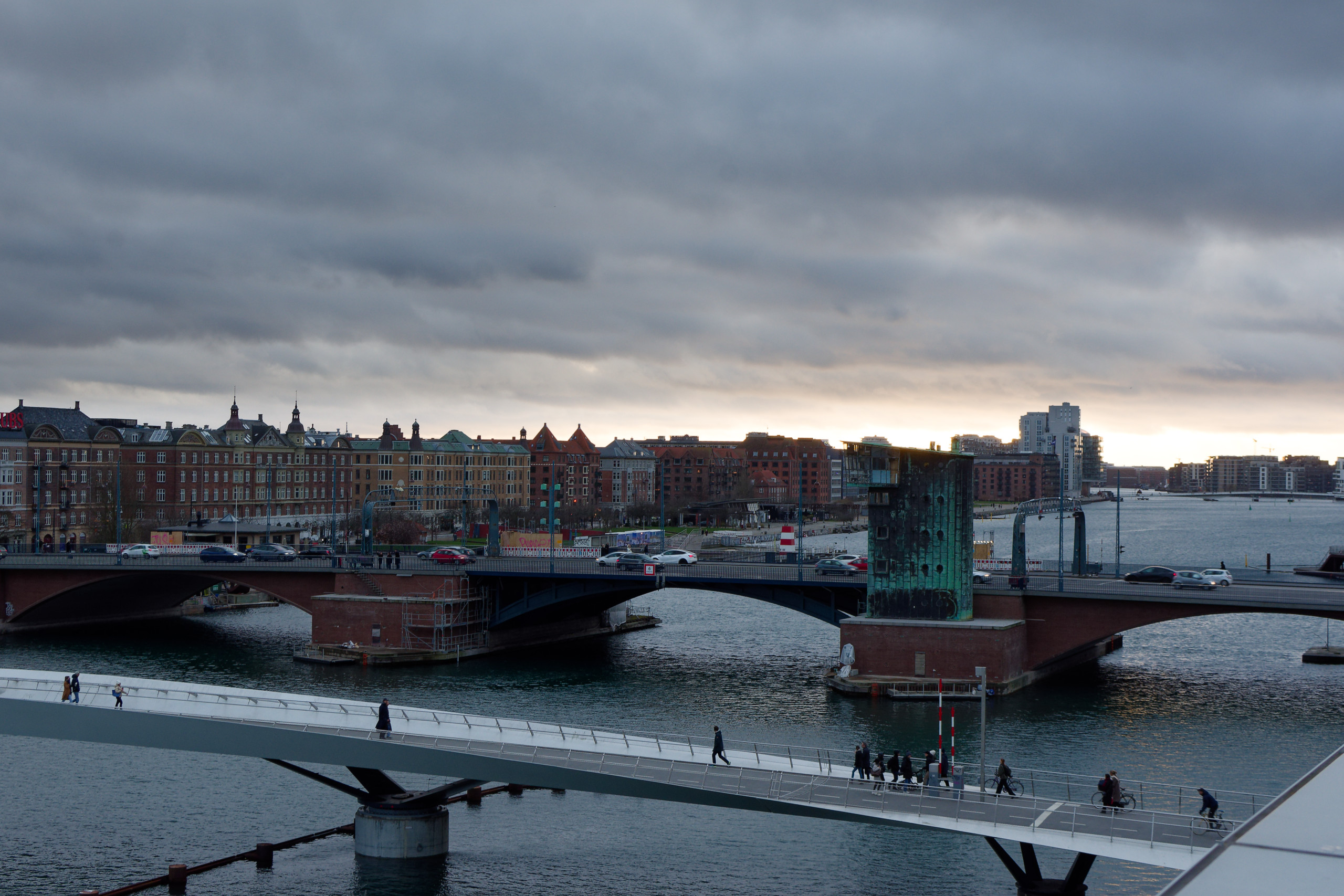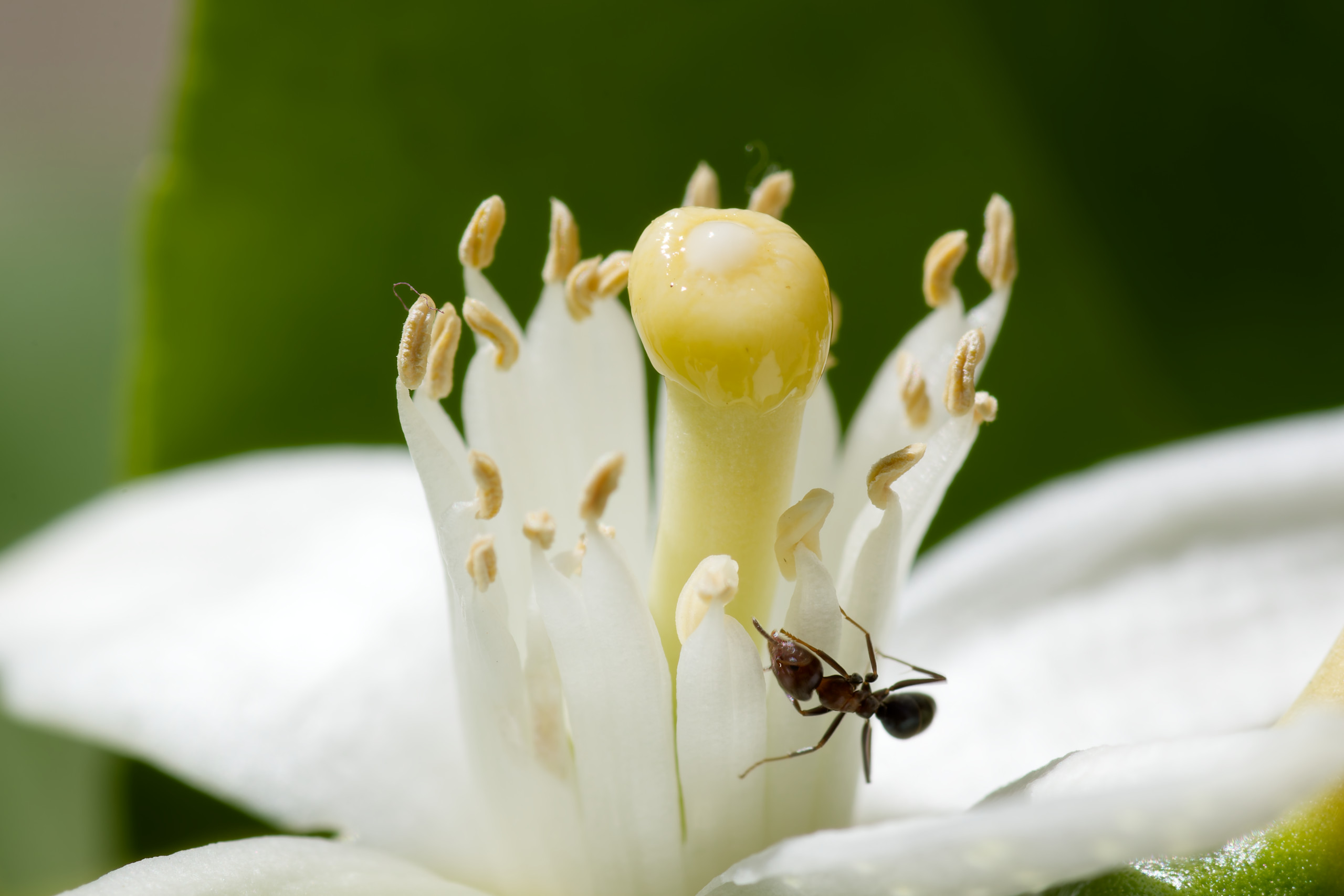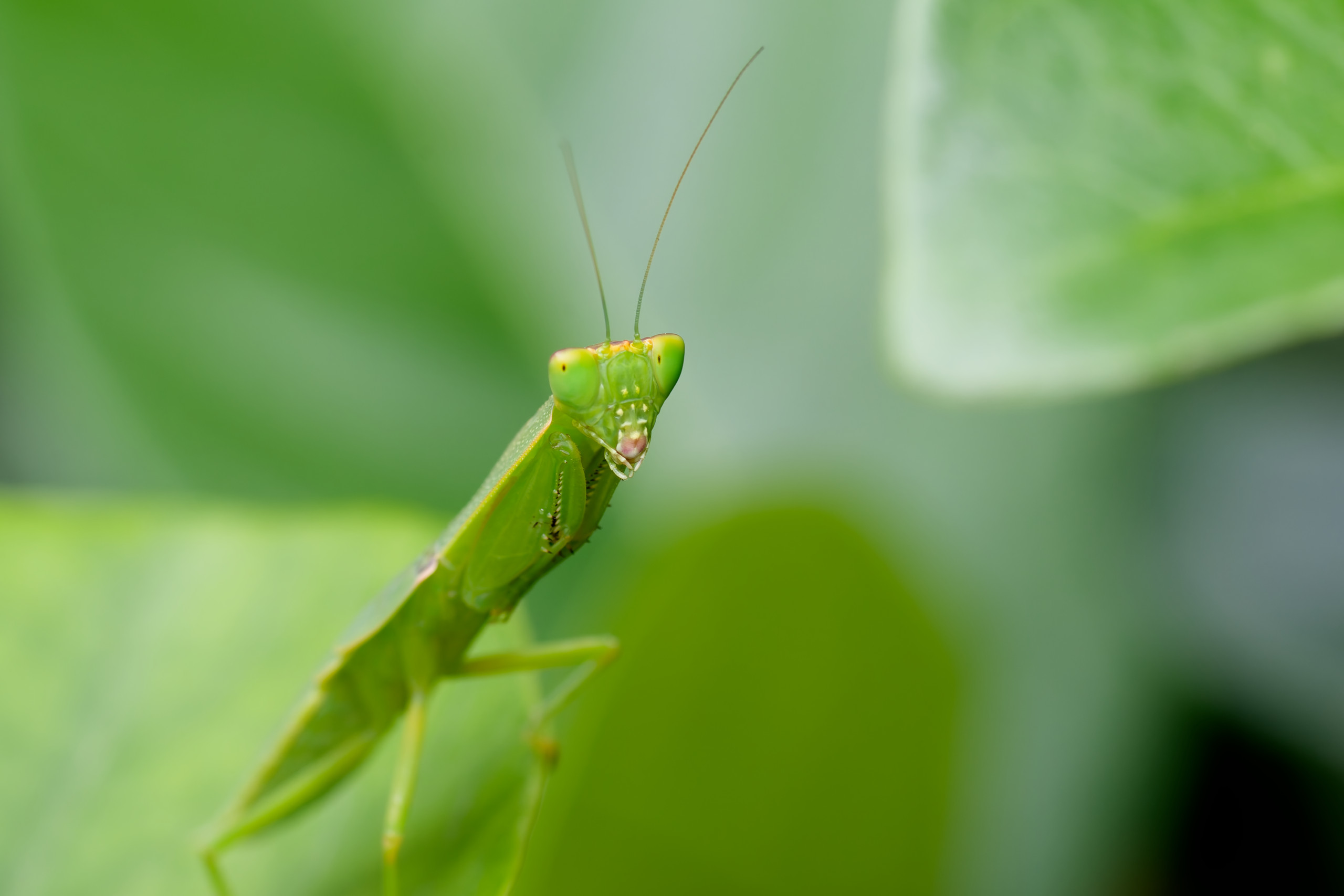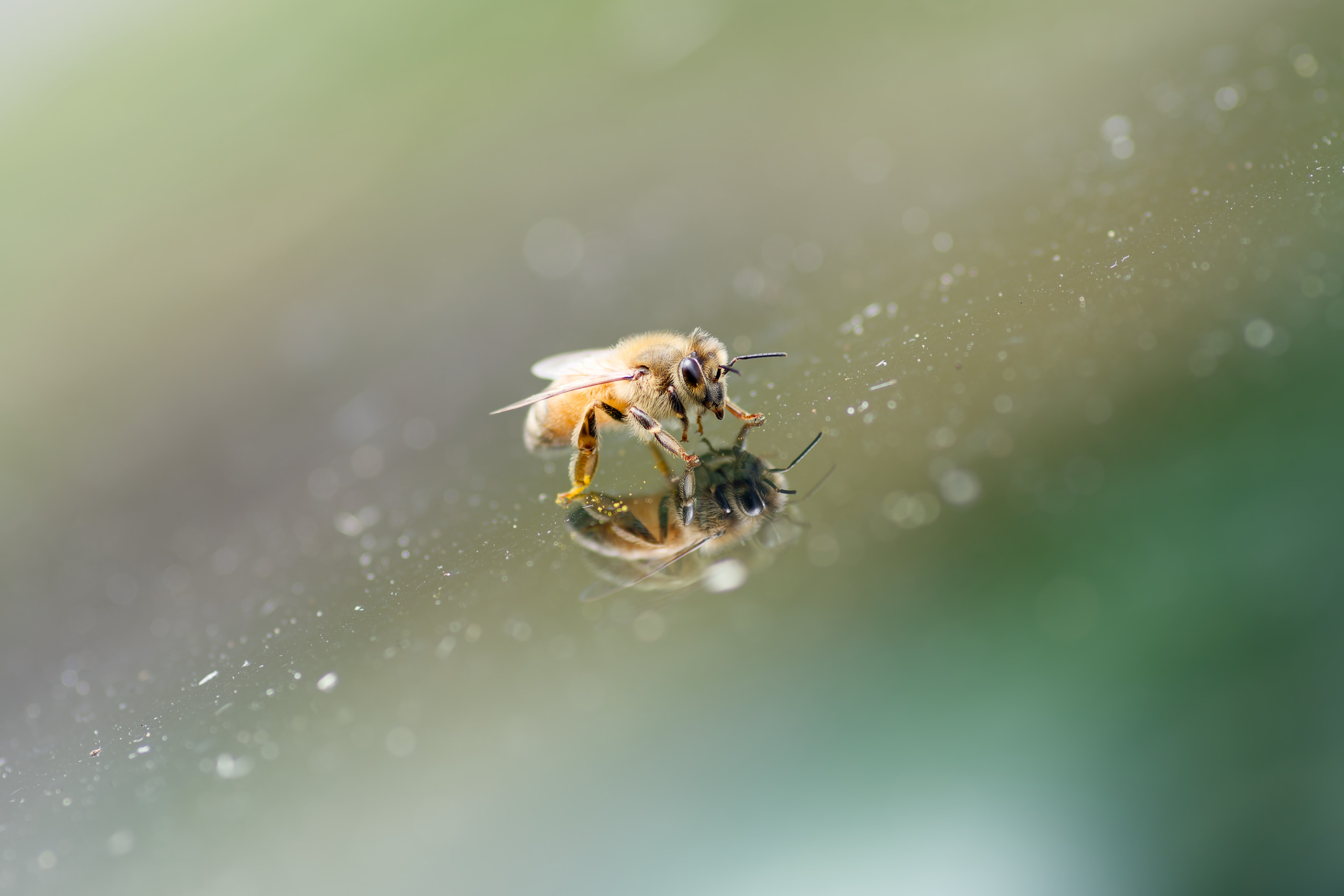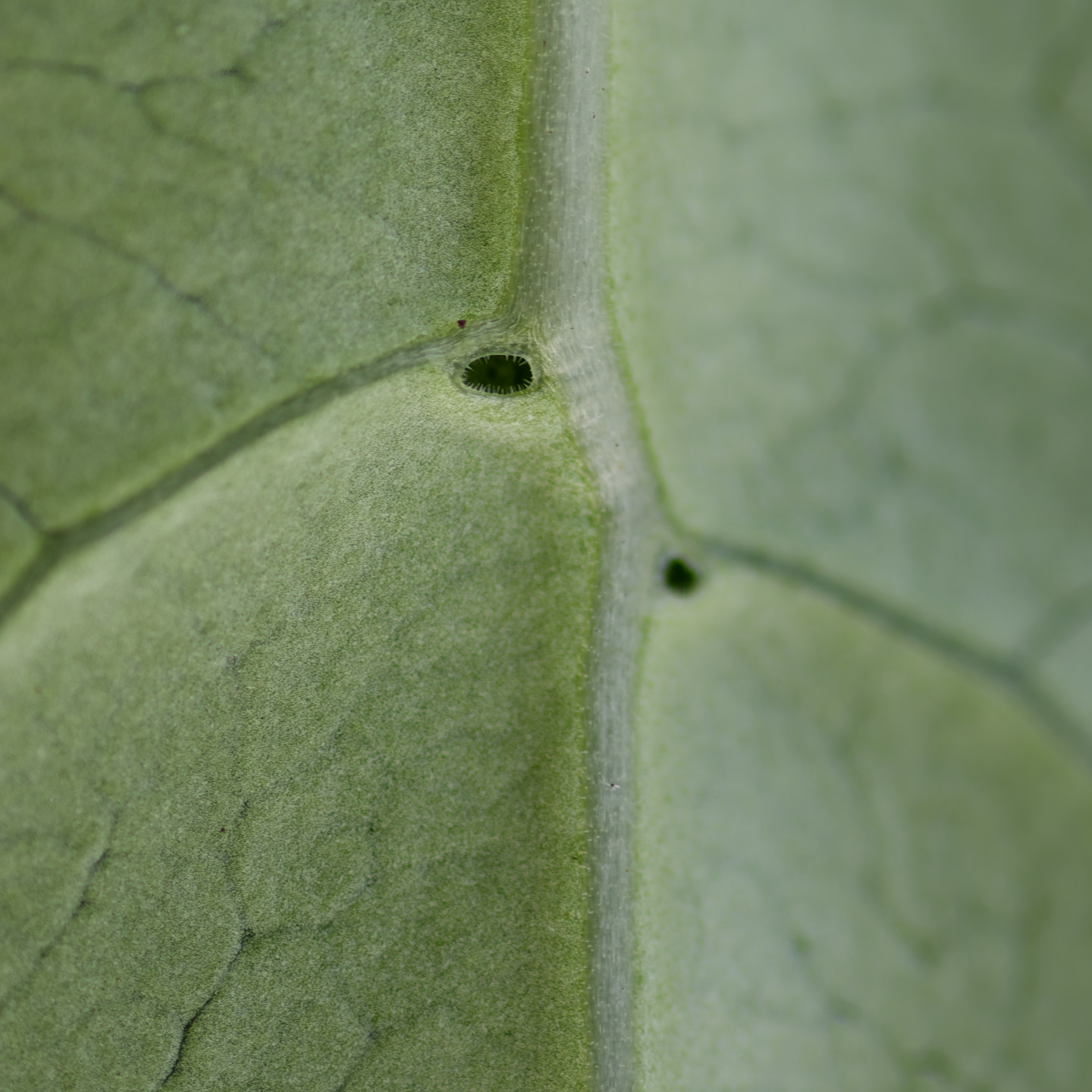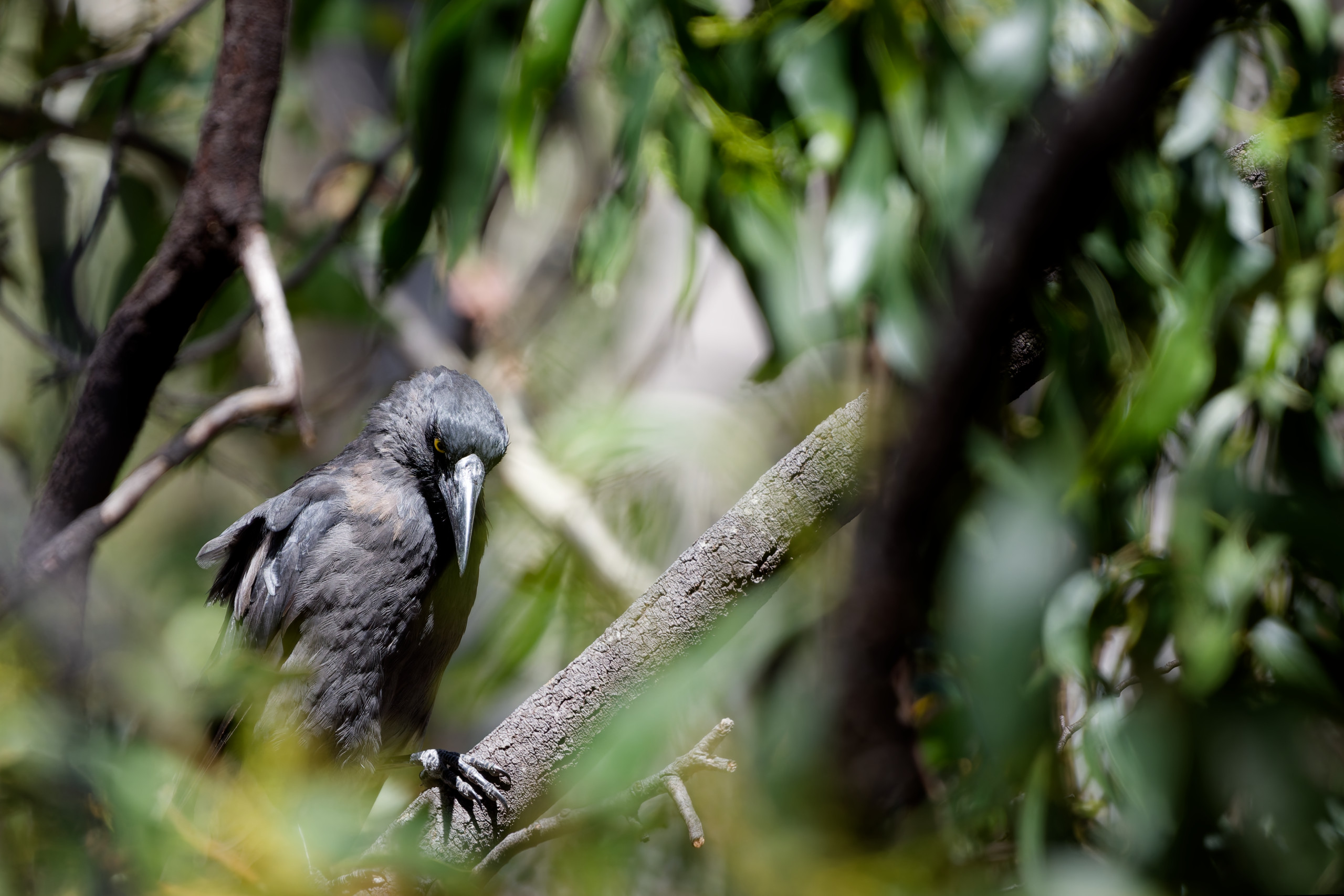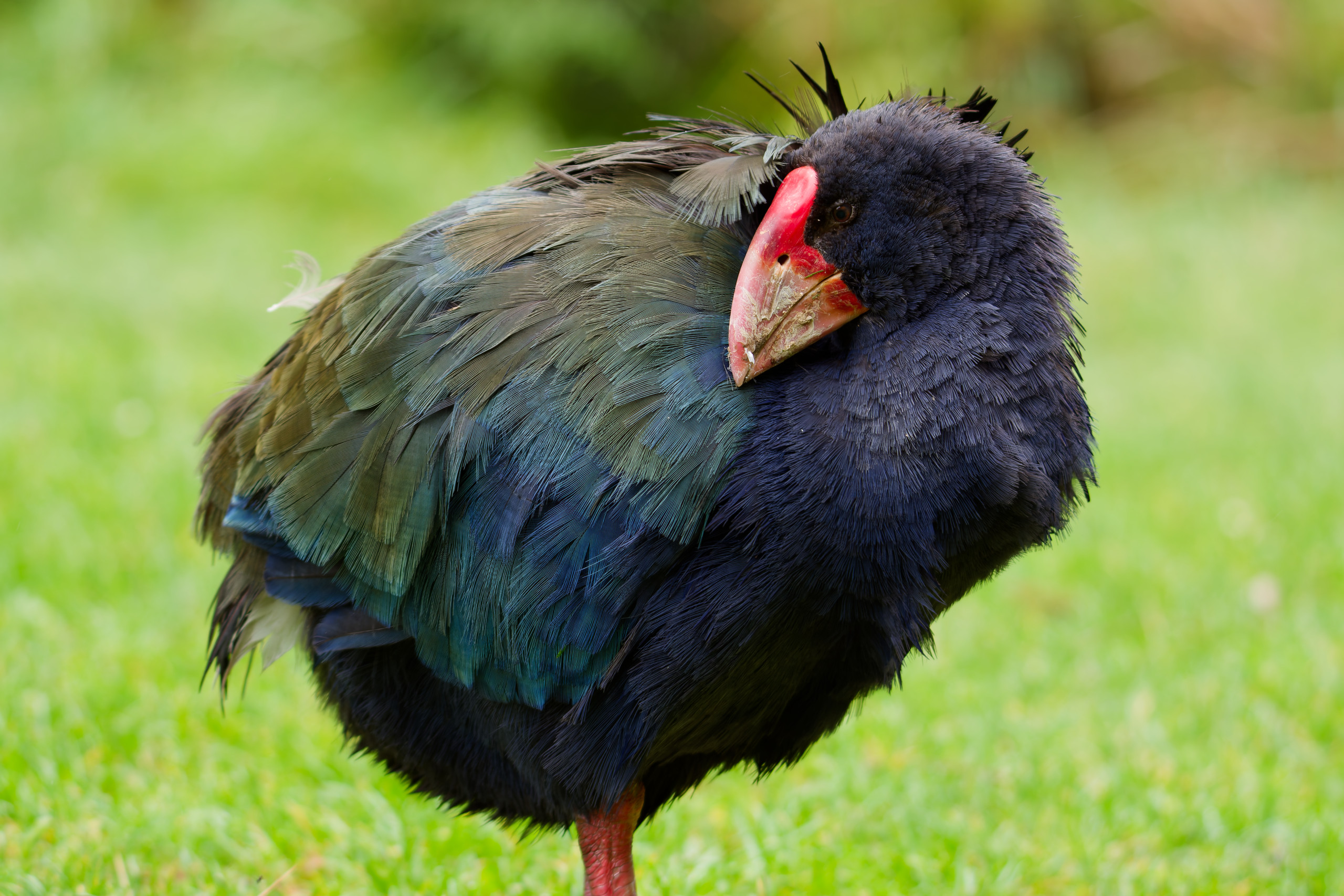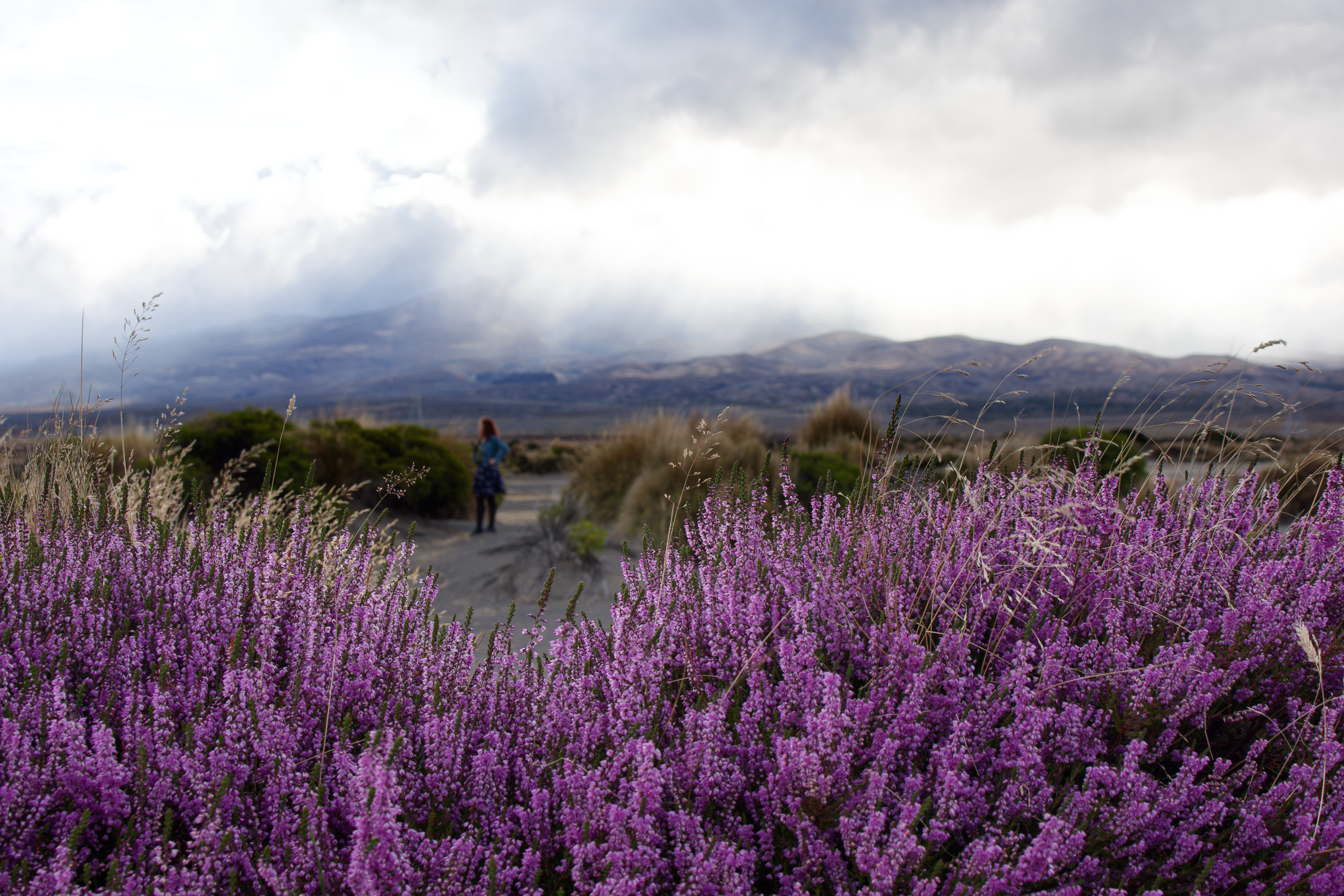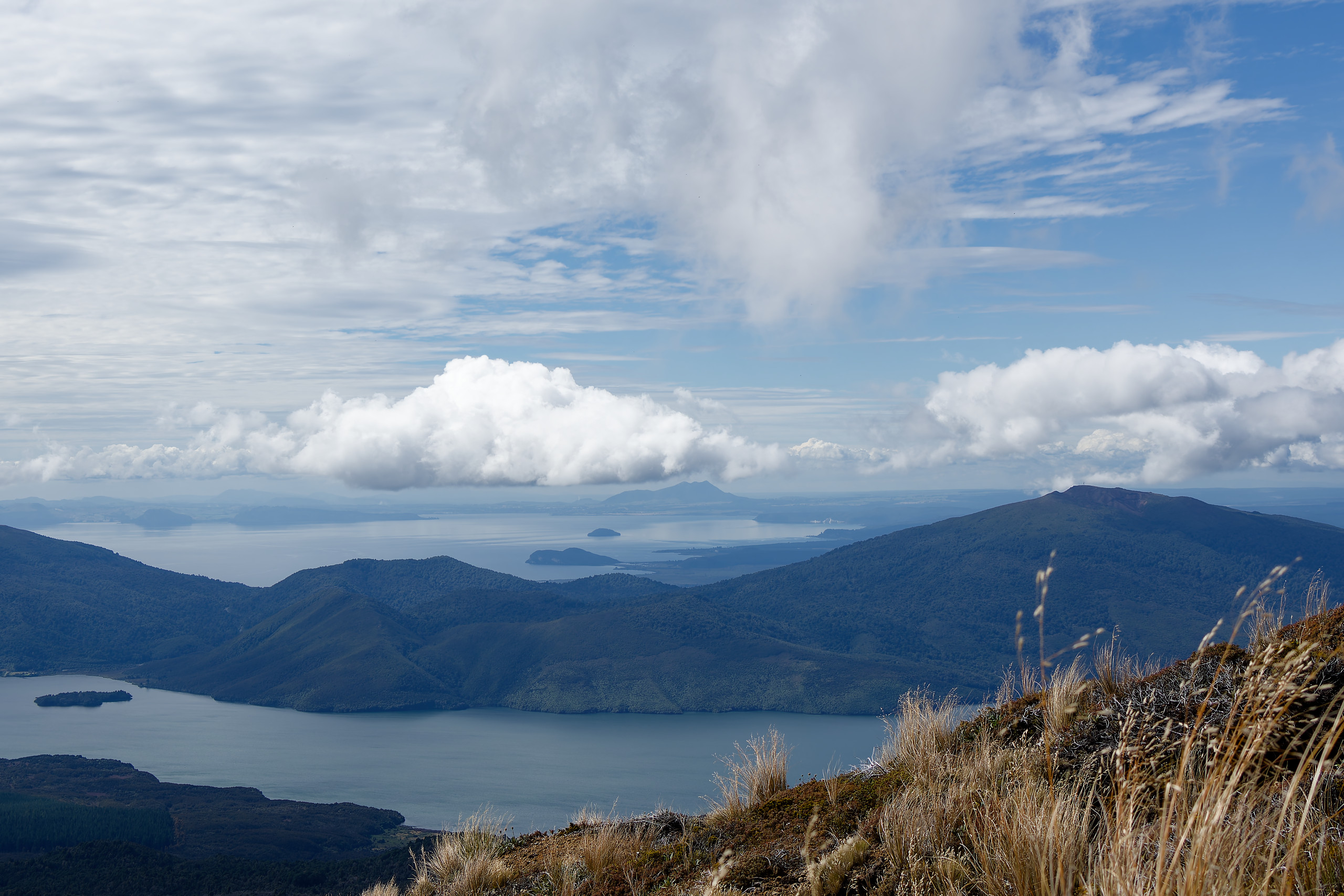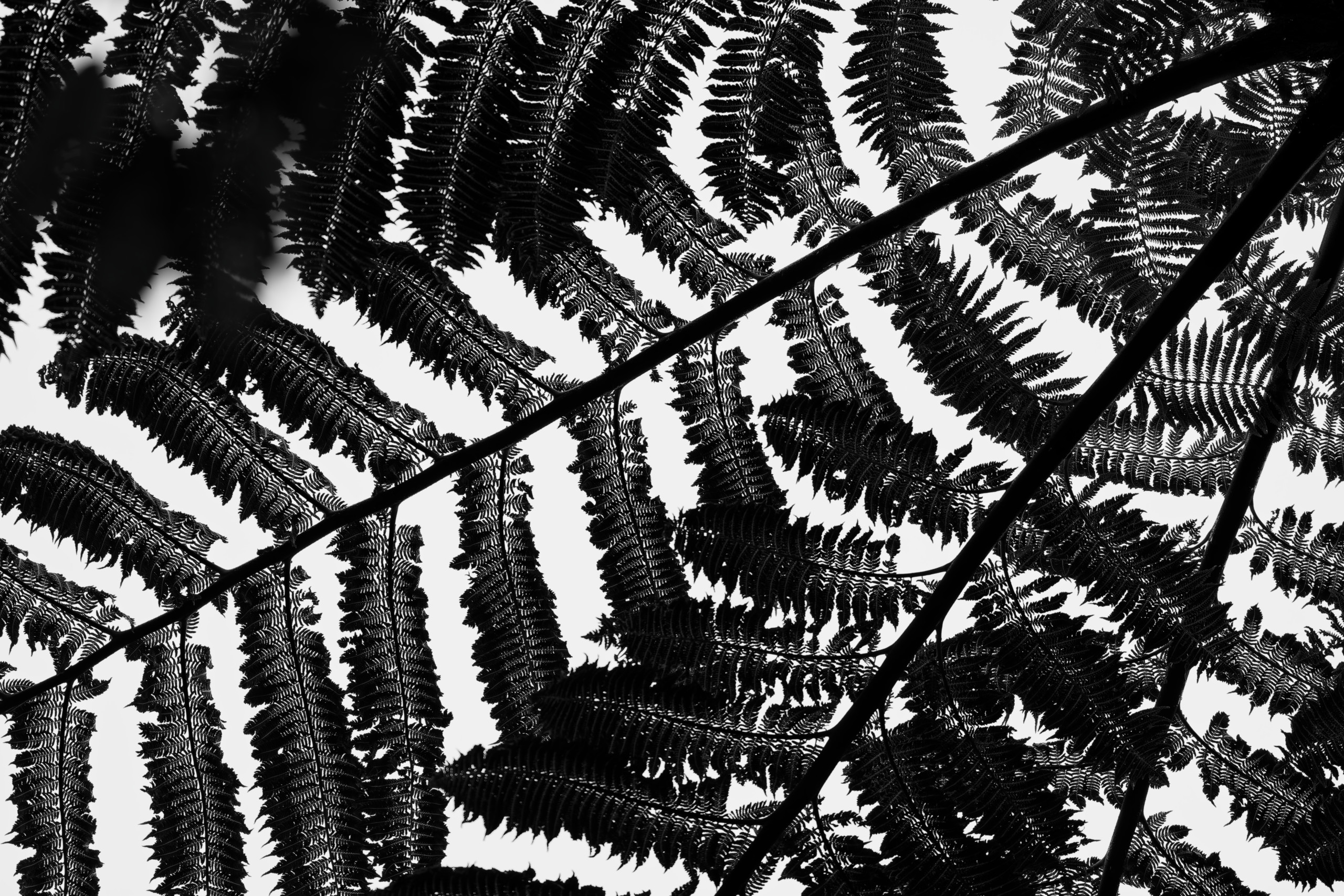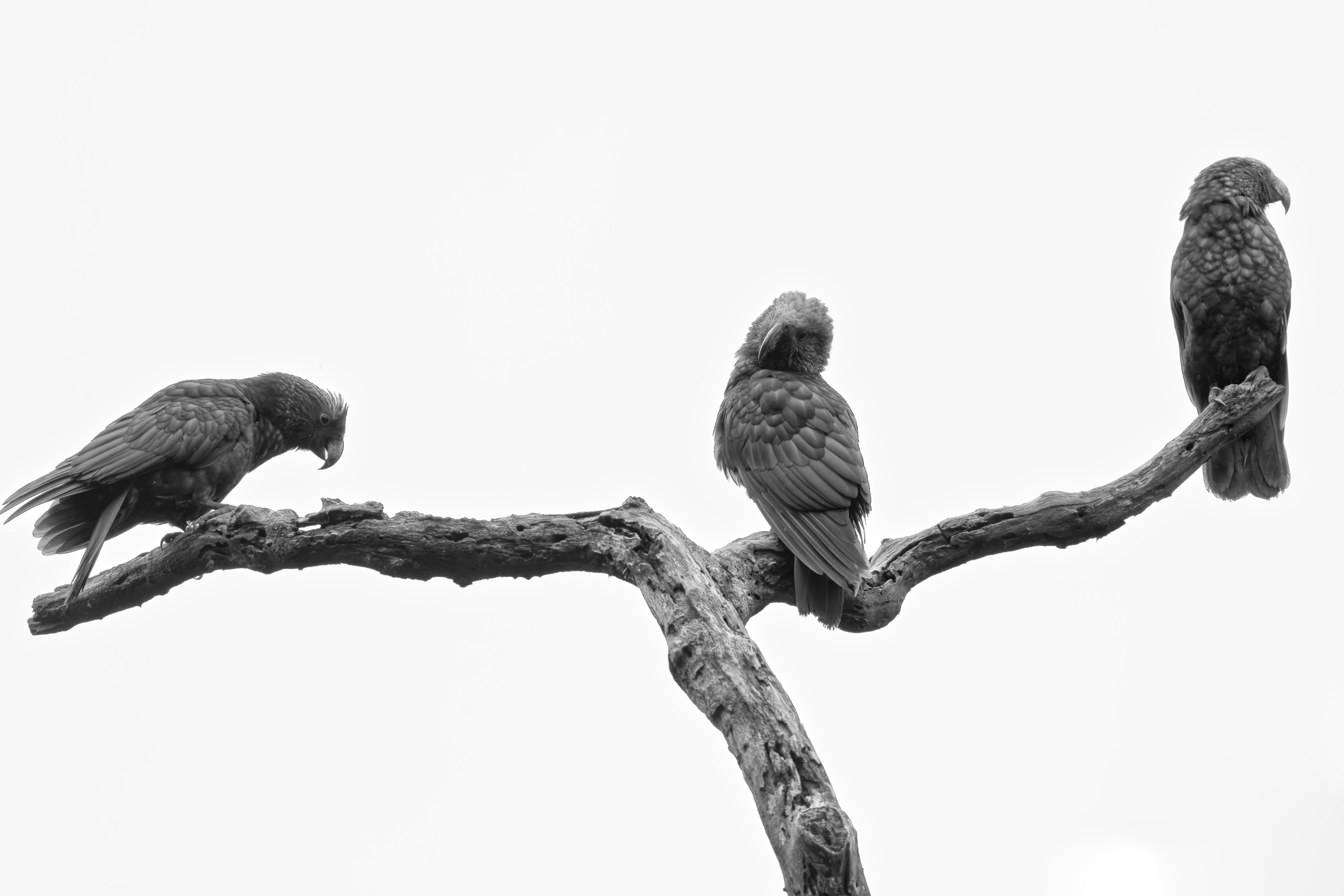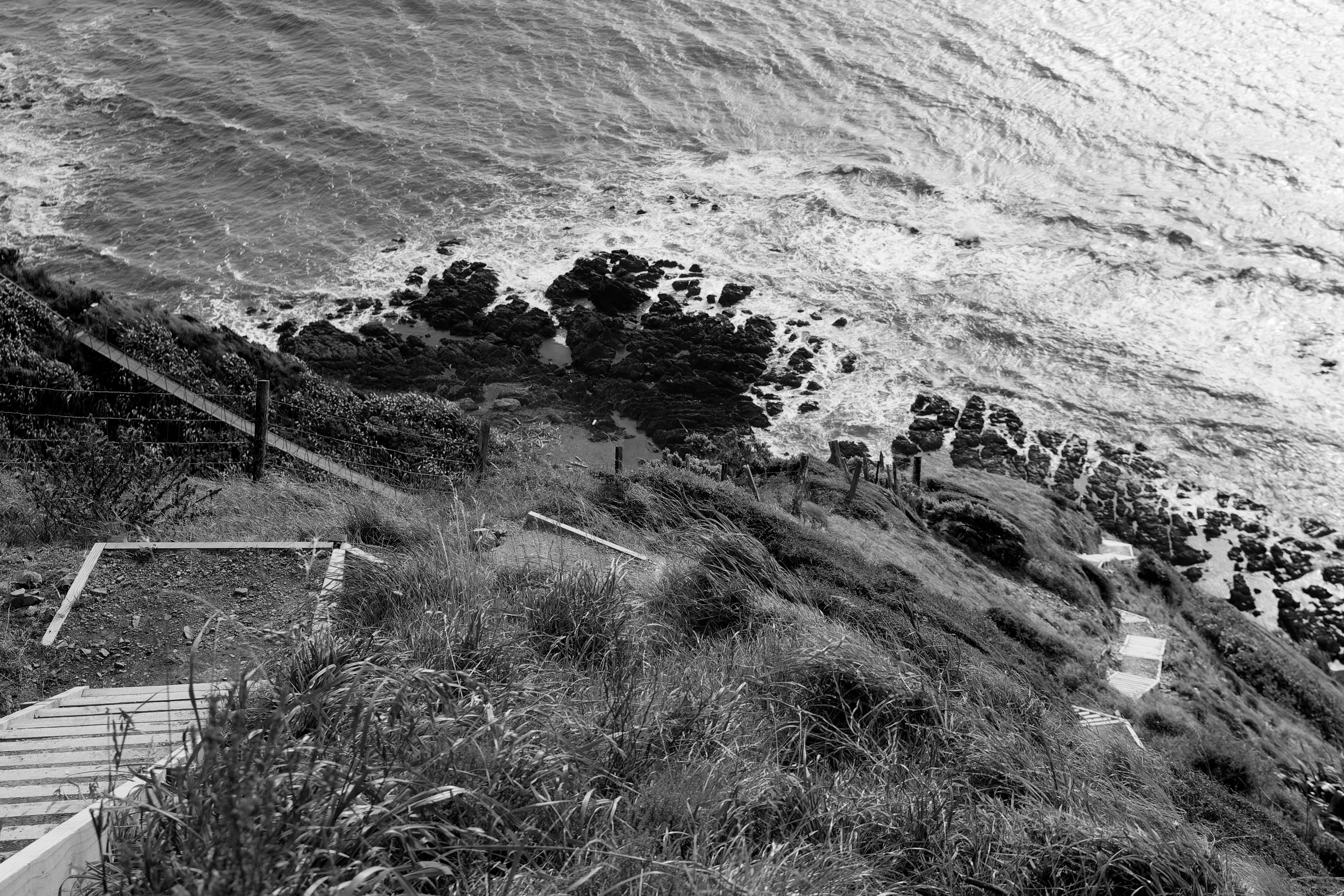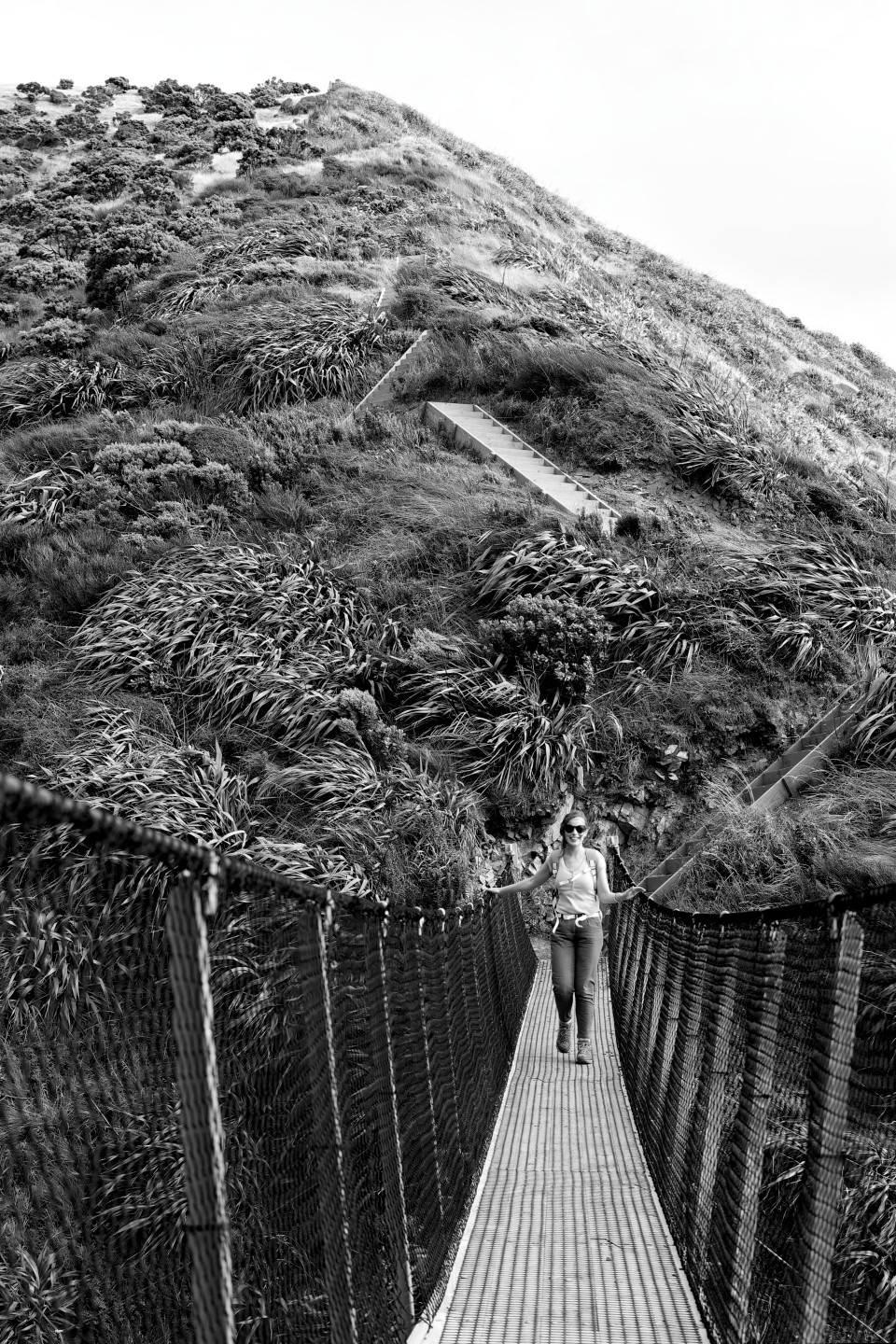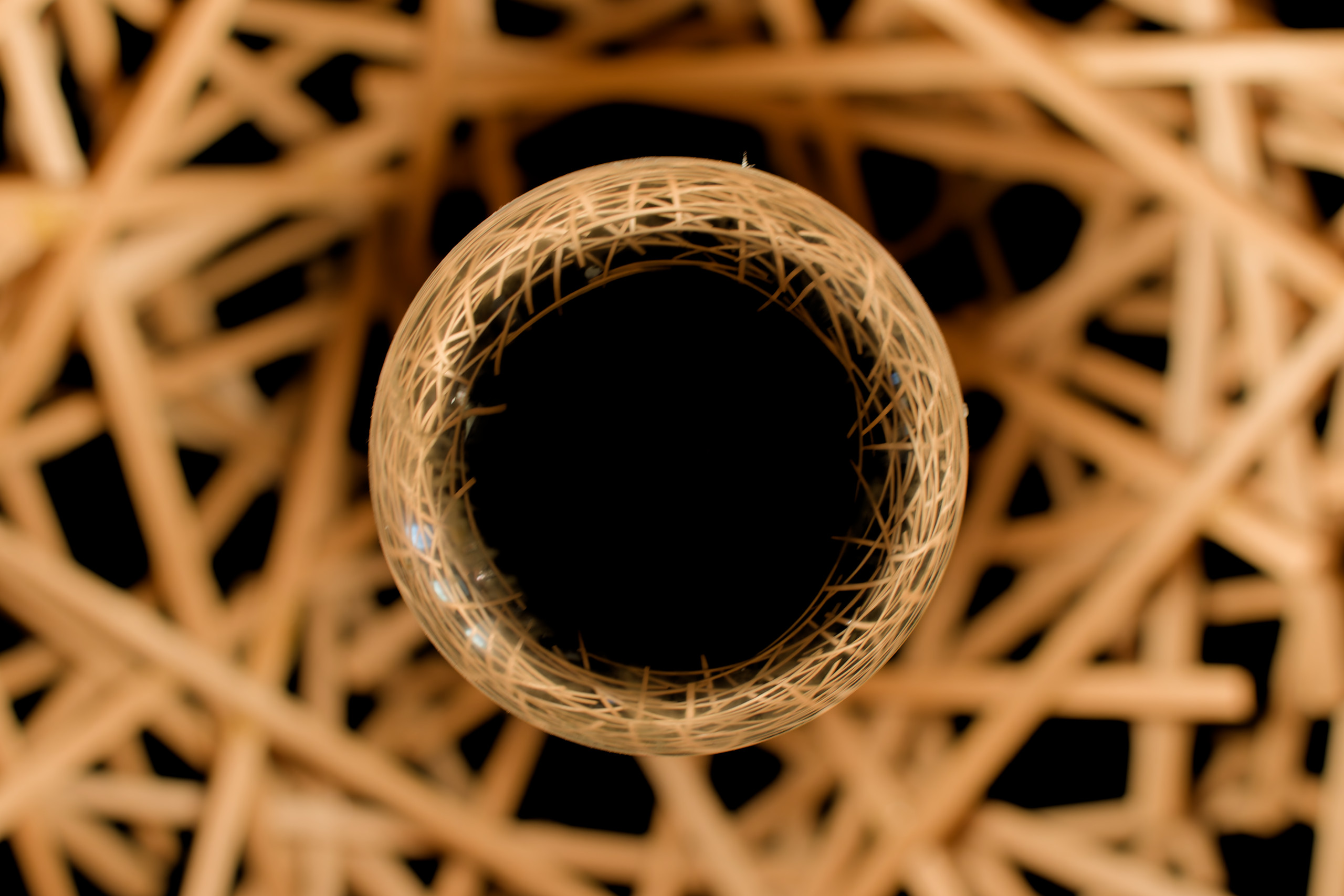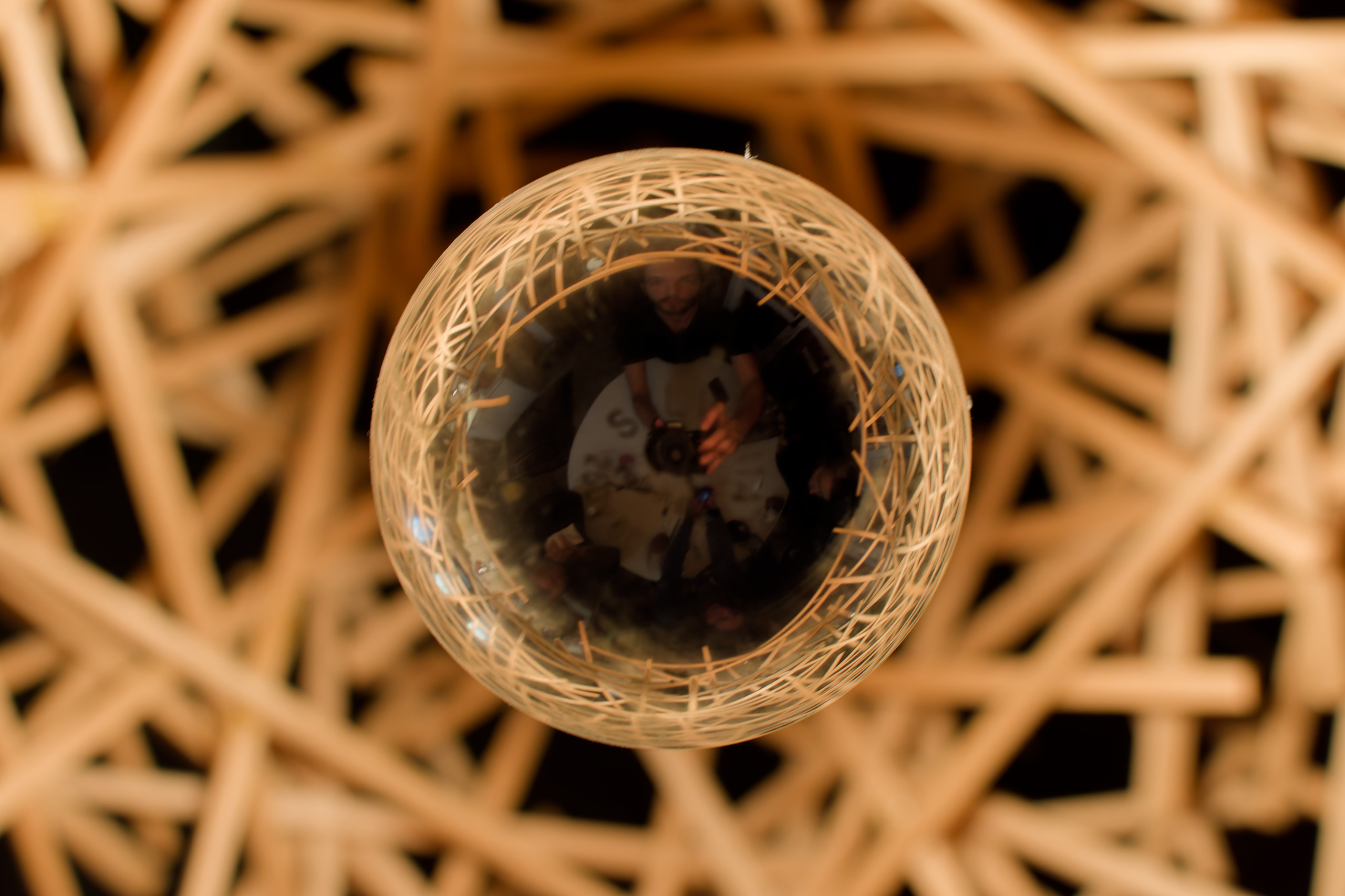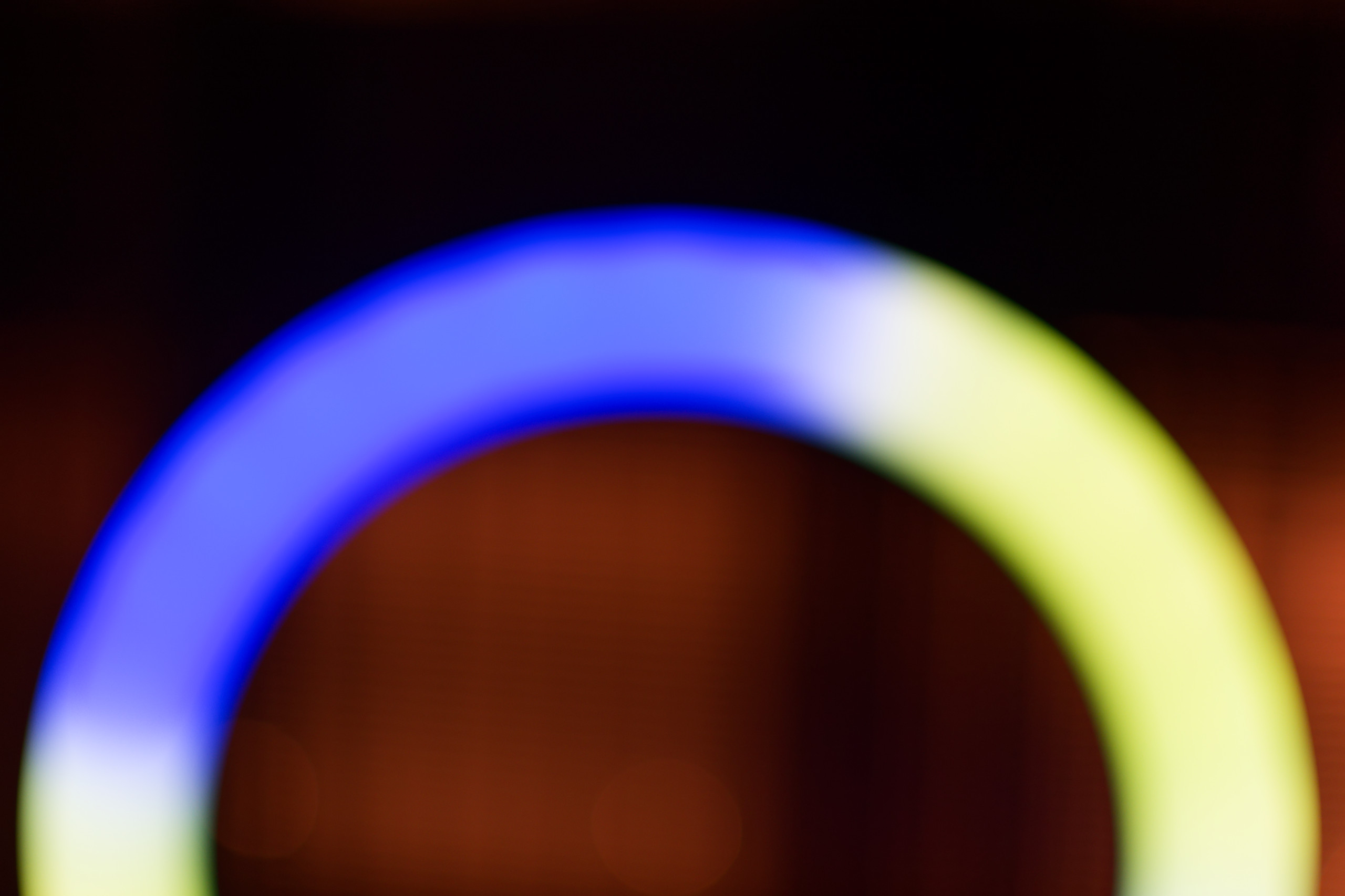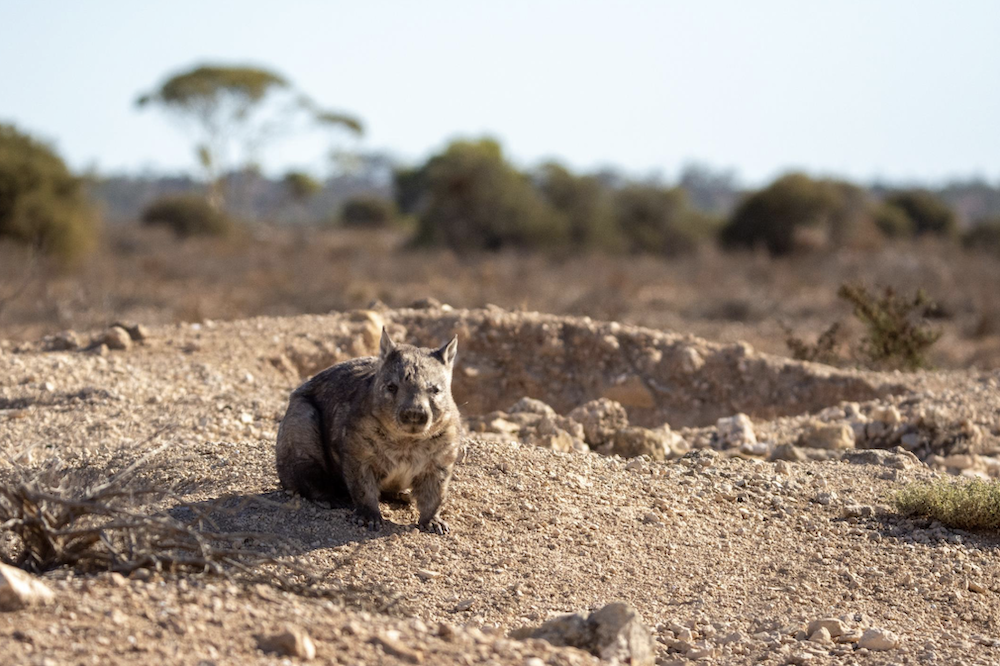And so, another year passes. I’m pretty glad that I managed to get a monthly round-up done for each month of 2024 (even if some were horrendously late). I think this is an exercise I will keep doing into 2025. I will, however, endeavour to make it less of a mad rush at the end of the month and try and chip away at it weekly.
To help enforce this habit, for 2025 I want to make an effort to spend more time out with the camera (at least a couple of hours a week). Being outside (even in Danish winter) and open to observing the world makes me happy. It doesn’t have to be anywhere fancy, there’s always something interesting to be found – even in places that we walk by and take for granted every day. There’s a difference between seeing and observing (like hearing and listening)and being out with the camera helps me observe the world around me.
I hope you’ve enjoyed these round-ups, and wish you well for 2025!
© 2024. This work is openly licensed via CC BY-NC 4.0
From the archives
It’s been a pretty cozy December here, and I’ve not been out much with the camera. Instead, I thought I’d share a few photos from my catalogue. I’ve had my trusty D7200 since September 2016, and have learned a lot about photography since then, both about using the camera itself (harvesting light, depth, composition) and developing the RAW file outputs. Eight years is a long time, and who we are when we take a photo (or even develop it) influences the final product. Photos are literal snapshots in time, both of the scene we capture, and of ourselves. Are these photos perfect? Definitely not. Would I have taken the exact compositions as I did then, today? Possibly not. Regardless, in the moment it felt right to me to click the shutter, and here are the results (with my present day take on developing the photos).
Additionally, I recently moved away from Adobe (because they’re scumbags), and am now using DxO Photolab for my RAW file processing. A big benefit here is that one can actually buy a lifetime license (like the good old days), rather than paying monthly subscriptions to Adobe (who then funnel that money through tax-friendly havens to shareholders). As a result, my older photos are now blank canvases for me to develop again (with a new perspective).
© 2024. This work is openly licensed via CC BY-NC 4.0
© 2024. This work is openly licensed via CC BY-NC 4.0
© 2024. This work is openly licensed via CC BY-NC 4.0
© 2024. This work is openly licensed via CC BY-NC 4.0
© 2024. This work is openly licensed via CC BY-NC 4.0
© 2024. This work is openly licensed via CC BY-NC 4.0
© 2024. This work is openly licensed via CC BY-NC 4.0
© 2024. This work is openly licensed via CC BY-NC 4.0
© 2024. This work is openly licensed via CC BY-NC 4.0
© 2024. This work is openly licensed via CC BY-NC 4.0
© 2024. This work is openly licensed via CC BY-NC 4.0
© 2024. This work is openly licensed via CC BY-NC 4.0
© 2024. This work is openly licensed via CC BY-NC 4.0
Photo of the month
I didn’t have much to draw on for the PotM, but I liked the simplicity of this one taken at the Danish Architecture Centre. Perhaps it represents the cyclical nature of life – another year around the calendar (and sun).
Interesting things I’ve read/watched
You’ve probably heard about the assassination of the UnitedHealtcare CEO in the USA. You know that corruption runs deep in an industry when the death of said CEO was met with widespread support by people online. Clearly, healthcare in the USA is failing its citizens, but why? Fantastic article by Matt Stoller, who delves into both historical and contemporary context to help explain why this assassination happened, and the public’s response to it. If you want to read more, Matt also put out another article dealing with why healthcare is in such an abyssal state in the USA. It’s quite a complex and convoluted system (by design), but the main answer is monopolization/consolidation. 7 of the top 20 US companies by revenue are healthcare providers, with UnitedHeathcare coming in at 4th(!!), just behind Walmart, Amazon, and Apple. Should we be monetising an industry so important to our societies? IMO, absolutely not.
And here’s another great article by Cory Doctorow about healthcare in the USA.
UHC leads the nation in claims denials, with a denial rate of 32% (!!). If you want to understand how the US can spend 20% of its GDP and get the worst health outcomes in the world, just connect the dots between those two facts: the largest health insurer in human history charges the government a 183,300% markup on covid tests and also denies a third of its claims.
Yep, that % is not a typo, they charged the government $11,000 for each $8 covid test.
